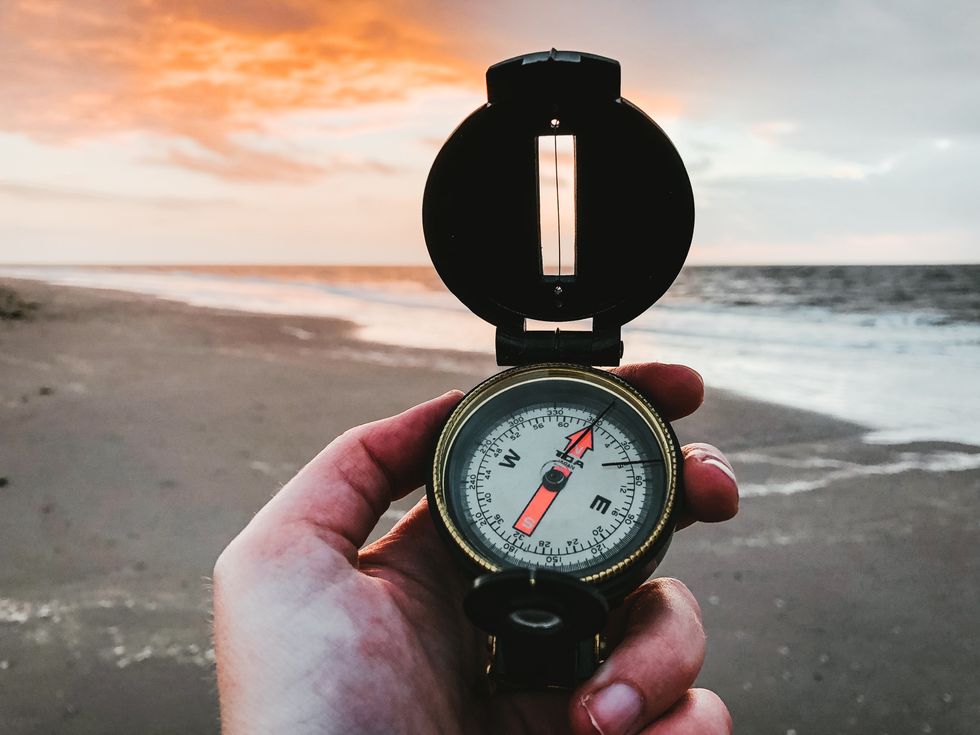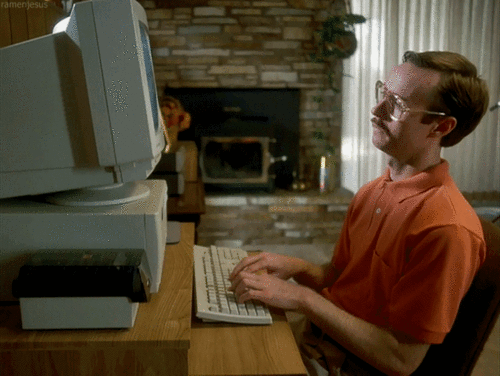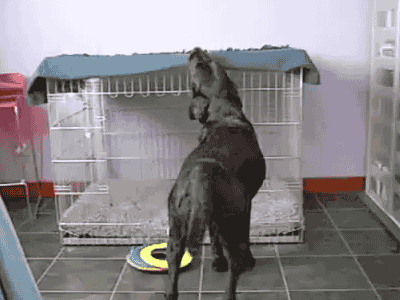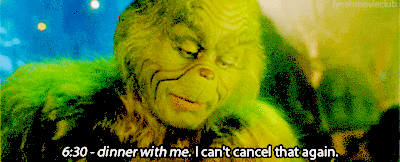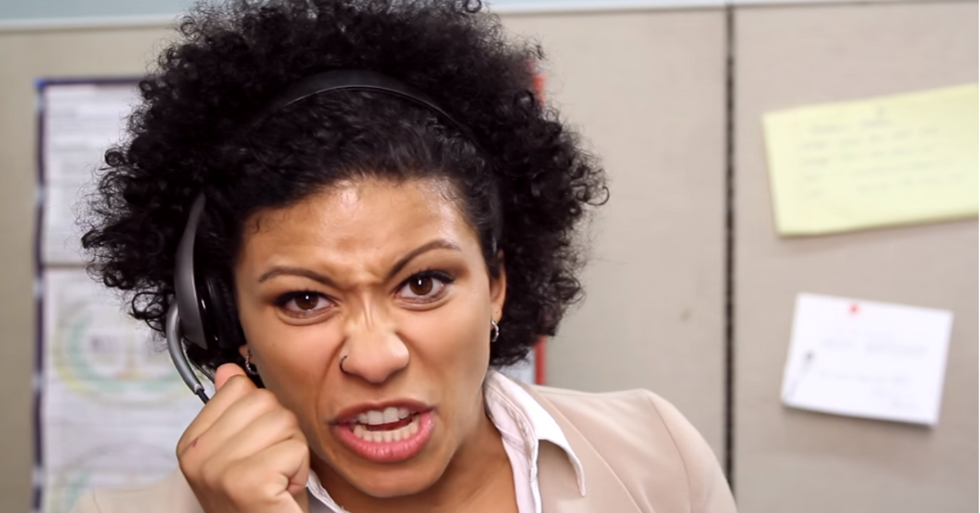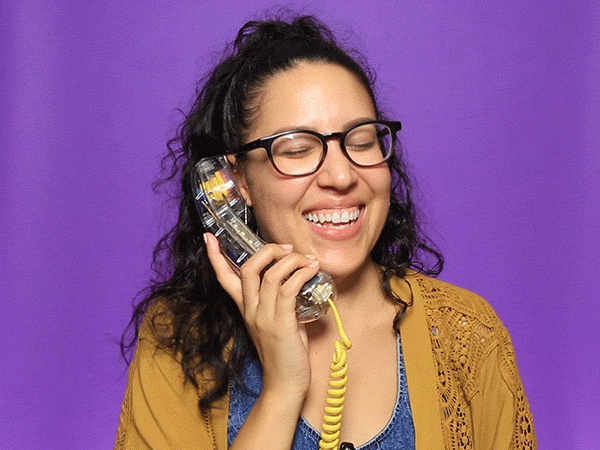We have all faced the challenge of trying to give directions at some point. For some, one will simply state to go either left or right; however, there are the various few who confuse the two and then bashfully correct themselves with a simple "Oops, I meant the other way."
It may seem silly for one to confuse a concept that we have been using all our lives, but it is actually quite a frequent mistake that about 20% of the population makes.
The question that arises, however, is why is this such a common mistake?
On a logical scale, distinguishing between left and right is far more complex than that of up, down, front, or back. For example, say we are pinpointed on a location facing north. If we were to distinguish which direction was left and right, we will find that left would be facing towards the west and right towards the east. Now let's say we turn about 180-degrees clockwise to where we are facing south. Where would left and right be then? If you stated that left would be towards the east and right towards the west, then you would be correct. The same concept applies to Northwest, Northeast, Southwest, and Southeast, with left and right facing different directions every rotation. To simply put it, there are far more variables to consider when pointing out which direction is left or right compared to up, down, front, or back, which are always constant.
Your stress factor can also influence whether or not you are prone to this simple mistake.
According to the article, medical students and professionals often reported insecurities in telling their left from their right due to the stress factors and time pressure they face. For example, in January 2000, two doctors in Southern Wales lost their practicing license after removing the incorrect kidney, which eventually leads to the death of their patient. Yikes!
So what can you do to reduce the number of times you confuse your left and right?
Simply stated, use one of the various tricks you were taught back in elementary school to distinguish your left from your right. Making the notorious L-shape with your hand or tying a string around your dominant hand to remember which is left and which is right is always helpful. Also, take your time. The quicker you want to respond to which direction to go, the more likely you are to make mistakes.

